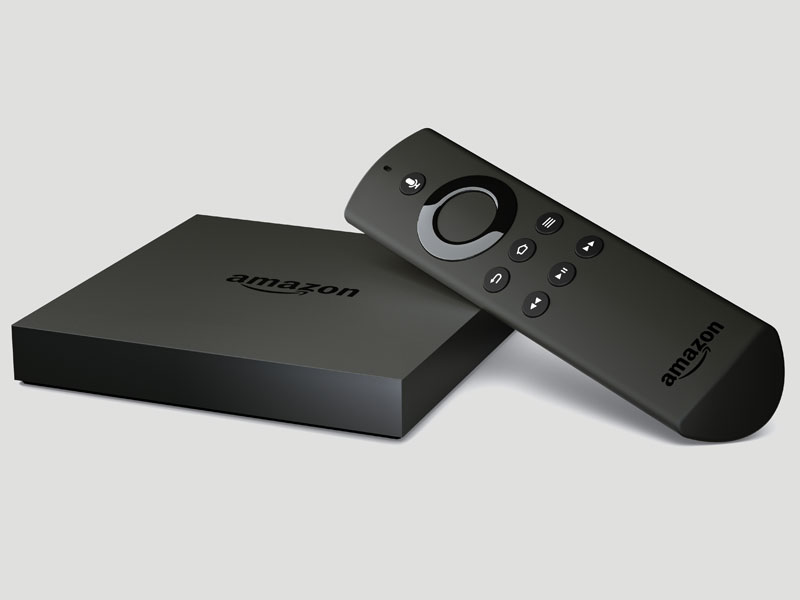
The number of U.S. homes with an installed connected TV device reached 60 percent of all Internet homes, according to The NPD Group, up 6 million homes vs. last year.
Internet homes are defined by NPD as those capable of having broadband Internet.
In fielding its “Connected Intelligence Connected Home Entertainment Report,” the market research firm surveyed 5,350 U.S. consumers aged 18 and older “from diverse regions and demographical backgrounds” during the Jan. 26 through Feb. 9 period.
As connected-TV penetration grows, the devices used to make those connections have shifted, NPD said. Streaming-media players were the most commonly installed Internet-connected TV device, with 35 percent of respondents having one. This is up from 29 percent last year.
See also: 238 Million Internet-Connected TV Devices By 2020
“The average connected home has three devices installed and able to deliver apps to their TVs, but the mix of those devices continues to change,” said John Buffone, executive director, industry analyst, NPD Connected Intelligence. “Shifts are also occurring in the industry as TV manufacturers migrate to operating systems from Roku, Amazon and Google. This benefits content owners — as they can reach a larger audience through distribution on fewer platforms — and viewers, as they’ll be able to find more of the programming they want in a single location.”
Streaming media players also generated the highest incidence of usage for most of the top video apps including Netflix, Amazon Prime and Hulu. While all of the top subscription video services saw increased incidence of usage on connected TVs and attached devices, Prime Video experienced increased usage among all demographics and on all connected TV platforms from January 2016 to January 2017. In the same time frame, Hulu’s incidence of use on a connected TV device saw the highest percentage of growth when compared to other services.
“As consumers decide which devices to use and apps to leverage for content, original and exclusive programming are likely to be key drivers,” Buffone said. “Industry leaders like Amazon, Netflix and others will continue to put increased investments into these programs in order to drive demand and viewer engagement.”













